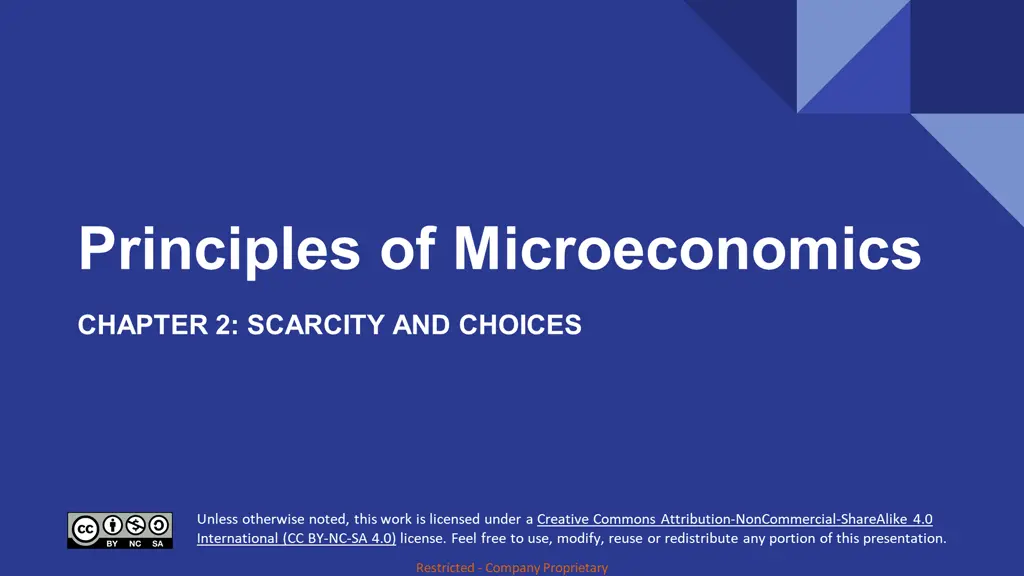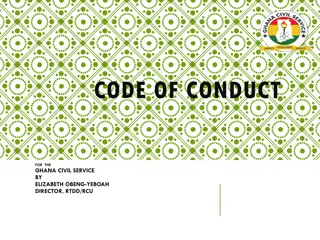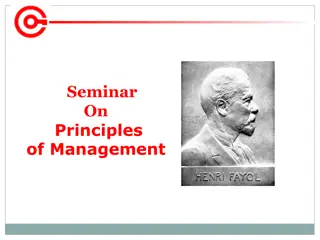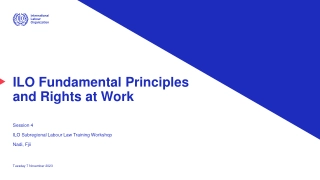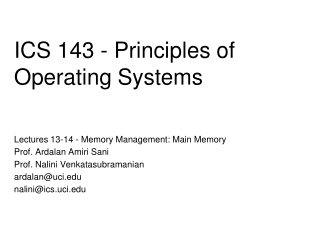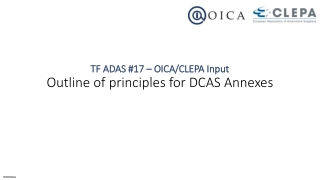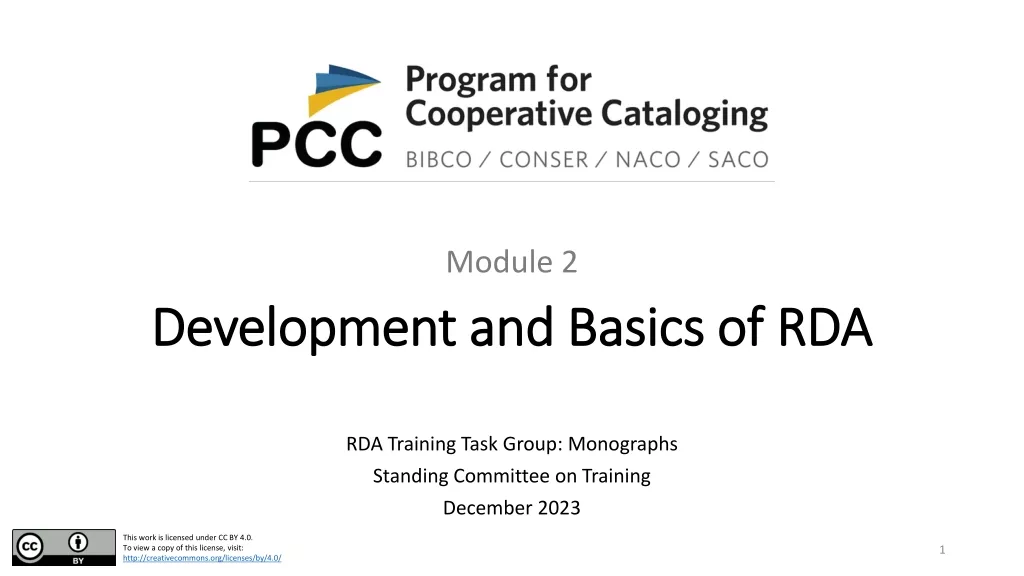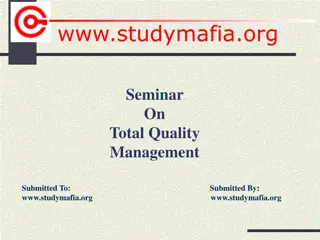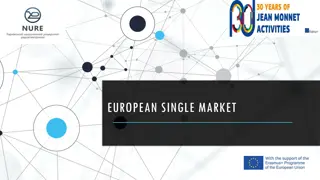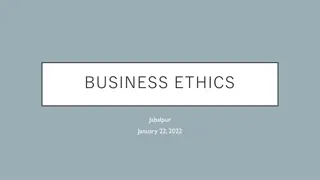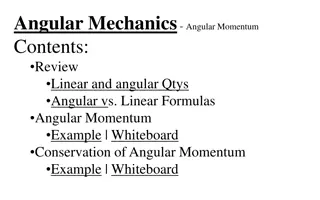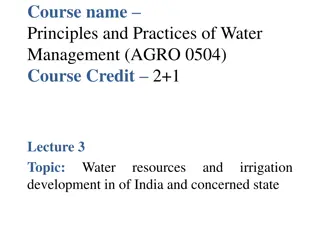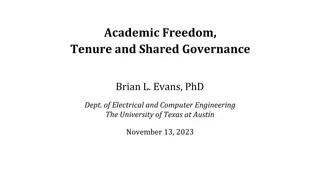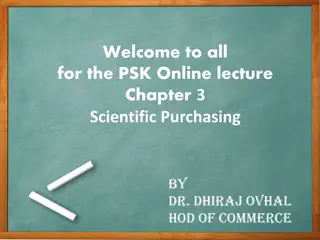Principles of Microeconomics
Learn how market systems work, analyze production possibilities frontier (PPF) and opportunity cost, and understand comparative advantage and trade in this chapter on scarcity and choices.
Download Presentation
Please find below an Image/Link to download the presentation.
The content on the website is provided AS IS for your information and personal use only. It may not be sold, licensed, or shared on other websites without obtaining consent from the author. Download presentation by click this link. If you encounter any issues during the download, it is possible that the publisher has removed the file from their server.
- microeconomics
- scarcity
- choices
- market systems
- production possibilities frontier
- opportunity cost
- comparative advantage
- trade
Presentation Transcript
Principles of Microeconomics CHAPTER 2: SCARCITY AND CHOICES Unless otherwise noted, this work is licensed under a Creative Commons Attribution-NonCommercial-ShareAlike 4.0 International (CC BY-NC-SA 4.0) license. Feel free to use, modify, reuse or redistribute any portion of this presentation. Restricted - Company Proprietary
Learning Outcomes At the end of this chapter, you will be able to: Describe how market systems work Analyze Production Possibilities Frontier (PPF) and opportunity cost Explain Comparative Advantage and Trade Restricted - Company Proprietary
2.1 The Time at Our Disposal is Limited There are only twenty-four hours in the day. We must choose between the different uses to which they may be put. Everywhere we turn, if we choose one thing, we must relinquish others which, in different circumstances, we will wish not to have relinquished. Scarcity of means to satisfy given ends is an almost ubiquitous condition of human nature. Photo by Akram Hyseyn Unsplash License Restricted - Company Proprietary
2.1 Economic Model An Economic Model is a simplified framework that is designed to illustrate complex processes. The Two Basic Economic Models Circular Flow Model Production Possibility Model Restricted - Company Proprietary
2.2 Circular Flow Model The Circular Flow Diagram (image on next slide) pictures the economy as consisting of two groups households and firms that interact in two markets: the goods and services market in which firms sell and households buy and the labor market in which households sell resources to business, firms or other employees who are hired or purchased by them to produce goods and services. Restricted - Company Proprietary
2.2 Circular Flow Model Restricted - Company Proprietary
2.2 Circular Flow Model Firms (businesses / producers) Produce and sell goods and services Hire and use factors of production Land, labour, capital and entrepreneurship Households (individuals / consumers) Buy and consume goods and services Own and sell factors of production Restricted - Company Proprietary
2.2 Circular Flow Model Consumer Market Firms sell Households buy Factors Market Households sell Firms buy Restricted - Company Proprietary
2.2 Circular Flow Model Factors of Production Inputs used to produce goods and services are Land, labor, capital and entrepreneurship Getting paid Rents, wages, interest and profits Restricted - Company Proprietary
2.3 Production Possibility Model The production possibilities frontier (PPF) is a graph that shows the combinations of output that the economy can possibly produce given the available factors of production and the available production technology. Some may refer to the PPF as the production possibilities curve (PPC) take comfort, they are the same thing! Restricted - Company Proprietary
2.3 Production Possibility Model EXAMPLE You are stranded on a tropical island alone. On this island, there are only two foods: pineapples and crabs. In other words, you face a trade-off: any time you spend harvesting pineapples is time that cannot be spent looking for crabs. You are forced to make a decision on how to allocate the scarce resource of time. This scarcity limits the amount of total production. Restricted - Company Proprietary
2.3 Production Possibility Model A Production Possibility Frontier (PPF) is the graphical representation of the table shown in the previous slide. It represents the maximum combination of goods that can be produced given available resources and technology. Each point represents one of the combinations from the table. Restricted - Company Proprietary
2.3 Production Possibility Model Continued In our example, while we would love to produce 20 pineapples and 15 crabs, this is out of our realm of possible production. In other words, it is not a point on our PPF. A point outside PPF (G) is unattainable, with the given resources. Any point on the PPF is efficient, while a point inside (E) is inefficient. Producing inside the PPF implies underutilization of resources, so an individual is not able to produce the maximum combination. Restricted - Company Proprietary
2.3 Production Possibility Model Continued Suppose You are currently producing 10 pineapples and 12 crabs, that is, you are operating at point B on the PPF. If You want to move from point B to point C, that is, increase pineapple production from 10 to 20, how many crabs do you have to give up? You give up 4 crabs. So the opportunity cost of producing 10 additional pineapples, is 4 crabs. In other words, the opportunity cost of producing an additional pineapple is 4/10 crab = 0.4 crab Restricted - Company Proprietary
2.3 Production Possibility Model Continued From our graph (Fig 2.3), we find that one moves down along the PPF, the amount of crabs given up keeps increasing as the number of pineapples increases by an additional 10 units each time. This is called the Law of Increasing Opportunity Cost. Restricted - Company Proprietary
2.3 Production Possibility Model: Another Example Production Possibilities at Transpo Corp. 400 325 Cars (100k) Production Possibilities Frontier 225 275 0 25 55 80 100 Busses (100k) Restricted - Company Proprietary
2.4 PPF and Increasing Opportunity Cost The law of increasing opportunity cost : which holds that as the production of a good or service increases, the marginal opportunity cost of producing it increases as well. This is because resources are given at a particular time period and resources are not equally suited to produce all kinds of goods. Photo by micheile || visual stories Unsplit License Restricted - Company Proprietary
2.5 LINEAR VS CONCAVE PPF Concave PPF illustrates Increasing opportunity cost Linear PPF implies Constant opportunity cost As more good X is produced, the producer has to give up increasing amounts of good Y As more good X is produced, the producer gives up good Y in constant amounts Restricted - Company Proprietary
2.6 Economic Growth Economic Growth: allows countries, individuals, or firms to reach points outside their PPF. Factors that allow shifts in countries PPF, resulting in a change in attainable output include: Advancing Technology More Physical and Human capital Fig 2.4 Economic Growth and the Production Possibilities Curve Restricted - Company Proprietary
2.7 Production Possibility Model Concepts illustrated by the Production Possibilities Frontier Efficiency Tradeoffs Opportunity Cost Economic Growth Restricted - Company Proprietary
2.8 Trade and Economic Growth One of the most important implications of the concepts of the production possibilities curve relates to International Trade. The evidence that international trade confers overall benefits on economies is very strong. Trade generates economic growth by bringing in technology and/or capital, thus increasing individual's and society's wealth. To understand the benefits of trade, or why we trade in the first place, we need to understand the concepts of comparative and absolute advantage. Restricted - Company Proprietary
2.9 PPF and Absolute Advantage Look at Your and Jamie s production possibilities below: You have an absolute advantage in pineapples as you can grow a maximum of 30 while Jamie can produce a maximum of 15. Restricted - Company Proprietary
2.9 PPF and Absolute Advantage Jamie has an absolute advantage in crabs as he can produce a maximum of 20 while you can produce a maximum of 15 crabs. Look at Your and Jamie s production possibilities below: Restricted - Company Proprietary
2.9 Comparative Advantage The graph here shows Jamie s production possibilities, as illustrated by the table on the previous slide. Comparative Advantage. When one can produce a good at a lower opportunity cost than another, the person is said to be efficient or have a comparative advantage in producing that good. Restricted - Company Proprietary
2.10 Gains from Trade Before Trade Production Possibilities: Suppose You are currently producing 20 pineapples and 8 crabs (point C on the PPF) while Jamie is currently producing 10 pineapples and 9 crabs (point C1on the PPF). Therefore, Your opportunity cost of producing a pineapple is 8/20 = 0.4 crabs and Jamie s opportunity cost of producing a pineapple is 9/10 = 0.9 crab. Your opportunity cost of producing a pineapple is lower than that of Jamie s, so you have a comparative advantage in pineapples. Your opportunity cost of producing a crab = 20/8 = 2.5 pineapples, while Jamie s opportunity cost of producing a crab = 10/9 = 1.1 pineapple. Jamie s opportunity cost of producing a crab is lower than that of Yours, so Jamie has a comparative advantage in crabs. Pineapple 20 10 Crab 8 9 You Jamie Restricted - Company Proprietary
2.10 Gains from Trade Look at the Before trade production and consumption points for You and Jamie in the graphs below: Restricted - Company Proprietary
2.11 Exchange Exchange: If you and Jamie choose to trade 10 pineapples for 9 crabs, then after trade you are left with 20 pineapples and 9 crabs (point S in Fig 2.8 Panel [A]) while Jamie is left with 10 pineapples and 11 crabs (Point S in Fig 2.8 Panel [B]) Fig 2.8 Restricted - Company Proprietary
2.11 Exchange Therefore, now You are able to consume 20 Pineapples and 9 crabs (one more crab than what you were producing before trade) and Jamie is able to consume 10 pineapples and 11 crabs (one more crab than what he was producing before trade). So, this exchange resulted in mutual gains for both trading partners. Restricted - Company Proprietary
2.12 Implications You Pineapples 20 30 20 Jamie Pineapples 10 0 10 Crabs 8 0 9 Crabs 9 20 11 Before trade production Specialization After trade production and consumption Gains from trade - +1 - +2 The implications of our model for trade are that, A. trade is mutually beneficial; B. certainly, redistributes resources among the two trading partners; C. leads to specialization and greater skills. Restricted - Company Proprietary
2.12 Comparative Advantage and Specialization Specialization allows us to concentrate on what we want to do and makes us more productive in the task. It results in gains from trade, as each person or country, can focus on what it can produce at the lowest cost and then trade it with its partner. Specialization allows high skill development, more productivity, and gains from trade. It not only benefits us individually, but the economy too, by increasing economy s wealth. Restricted - Company Proprietary
2.13 Key Terms Absolute Advantage Circular Flow Diagram Comparative Advantage Economic Growth Economic Model Production Possibility Frontier (PPF) Specialization The law of increasing opportunity cost Restricted - Company Proprietary
